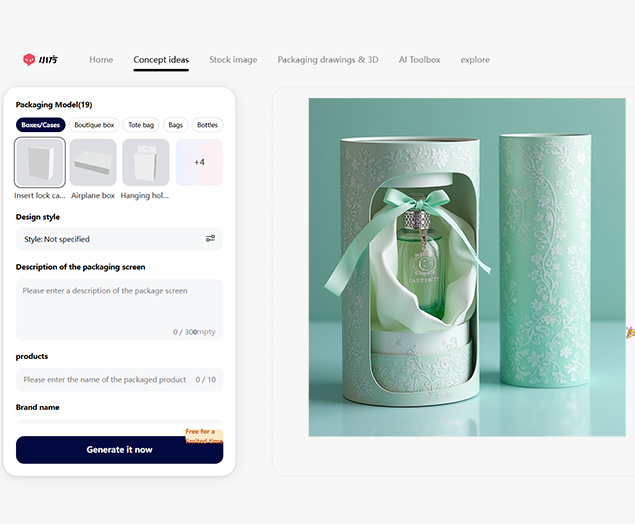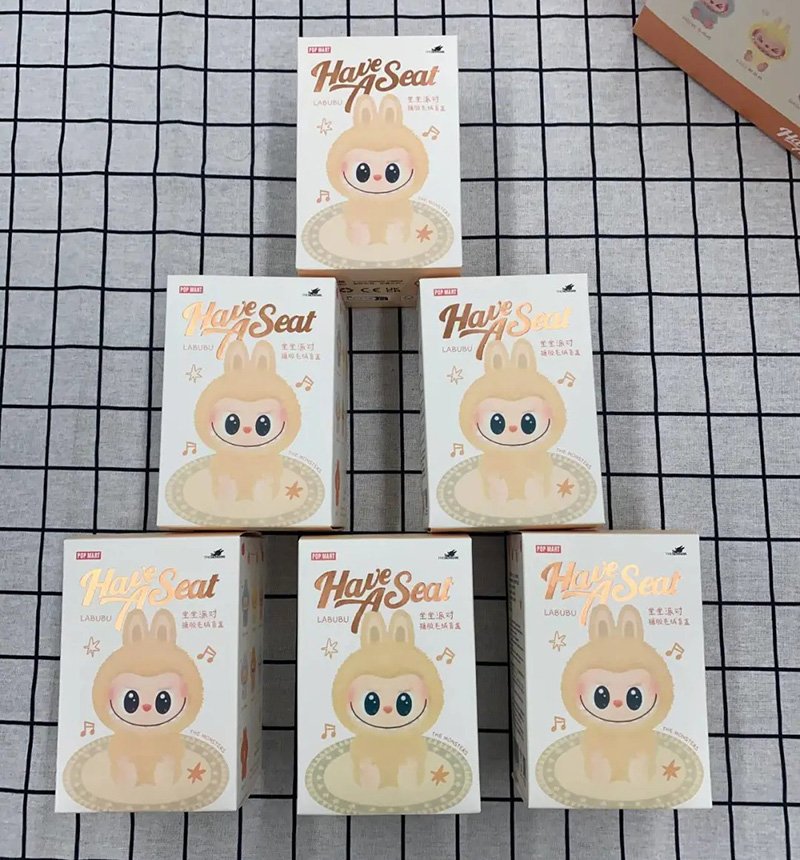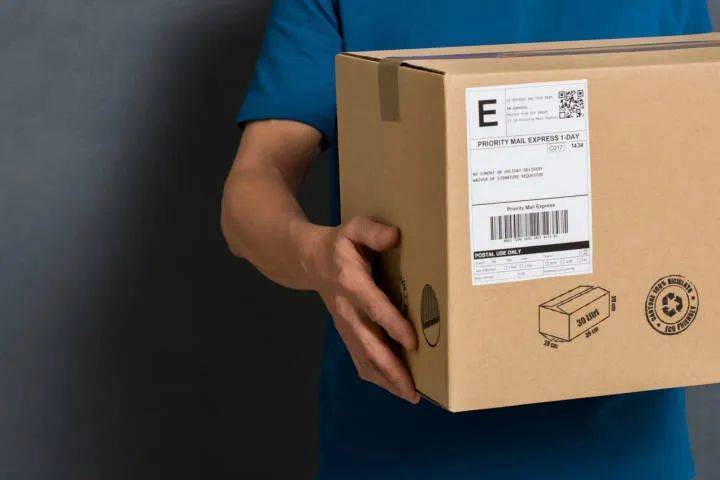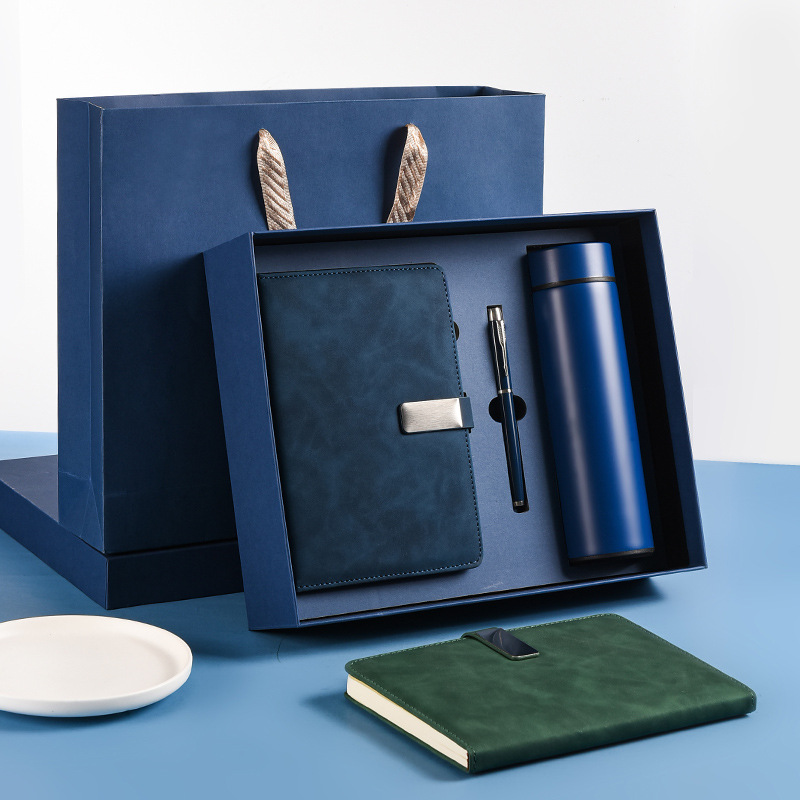Best Paper Packaging Weight in Grammage for Your Products | Package Gram Weight Guide
In the packaging industry, the grammage of paper or cardboard is a critical factor that influences several aspects of the final product including stability, protection, cost, and environmental impact. Grammage refers to the weight of the paper expressed in grams per square meter (g/m²). Here we break down the significance of grammage in packaging and provide insights into selecting the right grammage for various packaging needs.
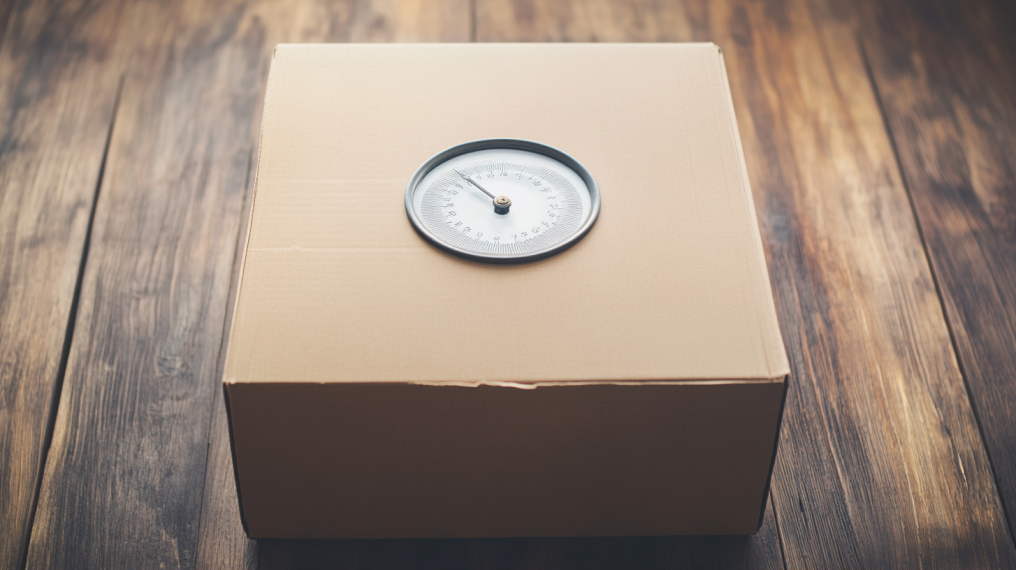
What is Grammage Meaning for Paper Packaging Weight?
The grammage is the weight of paper or cardboard per square meter, measured in grams per square meter (g/m²). It provides information about the thickness and stability of the material. Originally derived from the paper and printing industries, it is a key indicator of the density and quality of the material, significantly affecting its application and processing.
Why Grammage is Important in Packaging?
The grammage is an important factor that influences various properties and aspects of the packaging:
Strength and Stability
A higher grammage usually indicates a more stable and durable material capable of protecting heavy or fragile products. This is essential for ensuring the safety of the contents during transport and storage.
Protective function:
Packaging with a higher grammage offers better protection against mechanical influences such as impacts, pressure and moisture, which is crucial for the safe transport and storage of products.
Processability:
Materials with a lower grammage are more flexible and easier to fold or process, while materials with a higher grammage are stiffer and less flexible. This affects the manufacturing processes and handling of the packaging.
Cost Implications:
Higher grammage materials are generally more expensive due to increased raw material usage and potentially more complex manufacturing processes, impacting production costs and final pricing.
Aesthetics and Touch:
The feel and appearance of packaging can also be influenced by grammage. Higher grammage can convey a sense of quality and value.
Environmental aspects:
Lighter packaging with lower weights can reduce material consumption and waste, which can have a positive environmental impact. However, the protection of the contents must also be ensured to avoid damage and loss.
So a higher grammage generally means a sturdier and more resistant material, capable of protecting heavy or delicate products. Conversely, materials with a lower grammage are more flexible and easier to handle, which can influence manufacturing processes and the handling of the packaging. Choosing the right weight for a packaging depends on the specific requirements of the product, transport conditions and cost considerations.
How To Calculate the Grammage of Paper & Cardboard?
The calculation requires a precise scale to determine the often very low weight. Otherwise, the following formula applies:
Gramage = weight x 10 / length x width
Paper & Cardboard Grammages & Uses
The grammages of paper and cardboard vary greatly and are used for different applications. Here are some typical weights and their common uses:
Paper Grammages (Weights & Uses)
Lightweight Paper (up to 60 g/m²):
30-50 g/m²: Typically used for thin newspapers and carbon copy paper.
50-60 g/m²: Commonly used for flyers and brochures.
Standard Paper (60-120 g/m²):
60-80 g/m²: Standard printer and copier paper.
80-100 g/m²: Higher-quality letter paper and brochures.
100-120 g/m²: Premium print jobs and letterheads.
Heavy Paper (120-200 g/m²):
120-150 g/m²: Suitable for postcards and higher-quality brochures.
150-200 g/m²: Ideal for brochure covers and calendars.
Cardboard Grammages (Weights & Uses)
Lightweight Cardboard (200-300 g/m²):
200-250 g/m²: Used for light packaging, postcards, and business cards.
250-300 g/m²: Packaging for lightweight products and presentation folders.
Medium-weight Cardboard (300-400 g/m²):
300-350 g/m²: Standard packaging and book covers.
350-400 g/m²: Packaging for medium-weight products and displays.
Heavy Cardboard (400-600 g/m²):
400-500 g/m²: Designed for packaging heavy products and sturdy boxes.
500-600 g/m²: High-quality packaging and industrial packaging.
Very Heavy Cardboard (>600 g/m²):
600-800 g/m²: Extremely robust packaging and specialized transport packaging.
800-1000 g/m²: Heavy-duty packaging and pallet interlayers.
Corrugated Cardboard Grammages (Type Weight & Uses)
When it comes to shipping packaging, we recommend corrugated cardboard packaging. Corrugated cardboard is a highly flexible, protective, environmentally friendly, and cost-effective solution for shipping packaging.
E-Flute: Light shipping packaging, typically 300-400 g/m².
B-Flute: Medium weight shipping packaging, usually 400-600 g/m².
C-Flute: Heavier shipping options, around 500-700 g/m².
Double Wall (BC-Flute, EB-Flute): Used for very heavy or delicate products, with grammage over 600 g/m².
What is the Best Grammage for Your Packaging & Other Uses
When planning packaging, choosing the right paper weight is the key for the impression and functionality. The grammage affects the weight, thickness and stability of the material. Heavier paper offers more durability and protection, which is especially important for high-value or delicate products. Thinner paper, on the other hand, can be elegant and cost-effective, especially for lightweight products or large shipments. Finishes such as varnishes can provide additional protection and a high-quality look.
Selecting the appropriate grammage for packaging depends on specific product requirements, transport conditions, and cost considerations. Various types of paper and cardboard are available, each suited for different packaging needs:
| Grammage | Material | Purpose |
| -30 g/m² | Tissue paper, wrapping silk | For wrapping and protecting sensitive goods |
| approx. 50 g/m² | Newspaper print paper | Newspapers |
| 80 – 100 g/m² | Standard paper | Letter paper, copy paper, backing paper |
| 110 – 120g/m² | Medium-weight paper | Business documents, contracts, shopping bags, paper bags |
| 130 – 150 g/m² | Heavy paper | For flyers, inner pages of brochures |
| 160 – 200 g/m² | Cardboard | Outer sides of brochures, posters |
| 200 – 400 g/m² | Stronger cardboard | Stable outer sides of brochures and magazines, postcards |
| over 600 g/m² | Strong cardboard | Packaging, cartons, corrugated fiberboard |
What Grammage for Special Packaging Requirements?
The grammage can be further adjusted for special packaging requirements such as moisture protection, insulation, or special printing requirements. Coated cardboard or corrugated cardboard can also be used, which have different grammages depending on the layer thickness.
If you need help choosing the right paper weight for your packaging application, please do not hesitate to contact us. Our experts are available to help you choose the right packaging grammage to meet your specific needs. We will be happy to advise you on the different options available and recommend the weight that is most suitable to achieve the desired result.


Top 10 Creative Cosmetic Packaging Design Ideas & illustrations 2023 | Luxury-Paper-Box.Com

Best Chocolate Packaging Designs of 2025

Perfume Packaging Design Trends 2025

Gang Run Printing: the Secrets & Advantages in Short Printing

Best Chocolate Packaging Designs of 2025
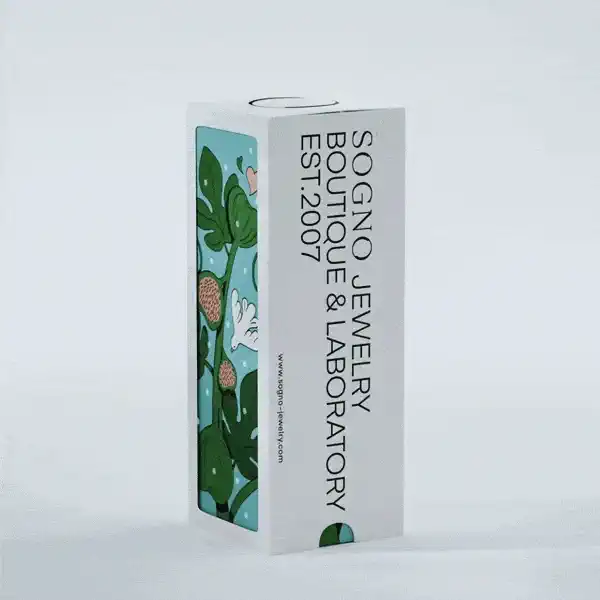


 kali@luxury-paper-box.com
kali@luxury-paper-box.com

